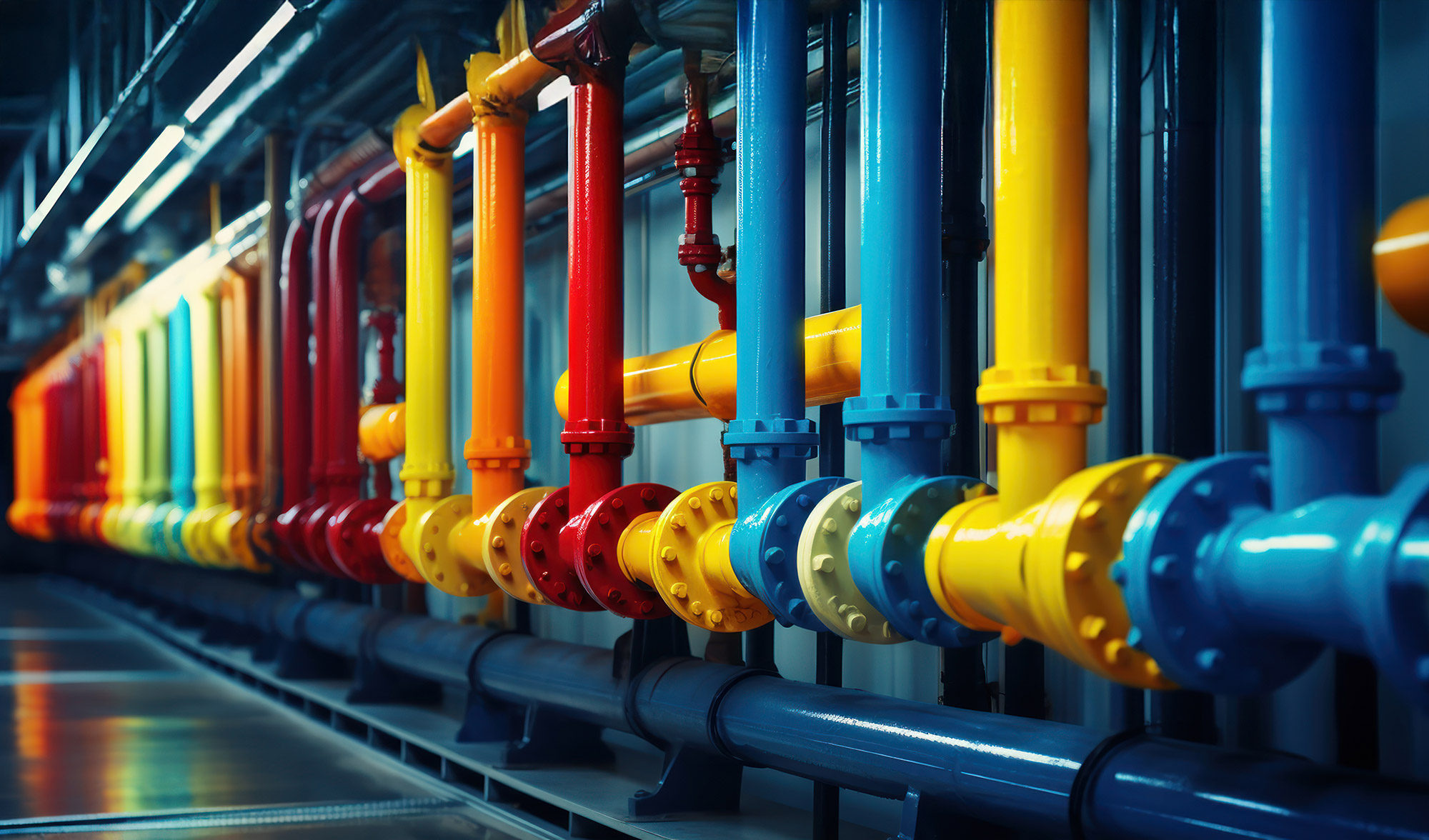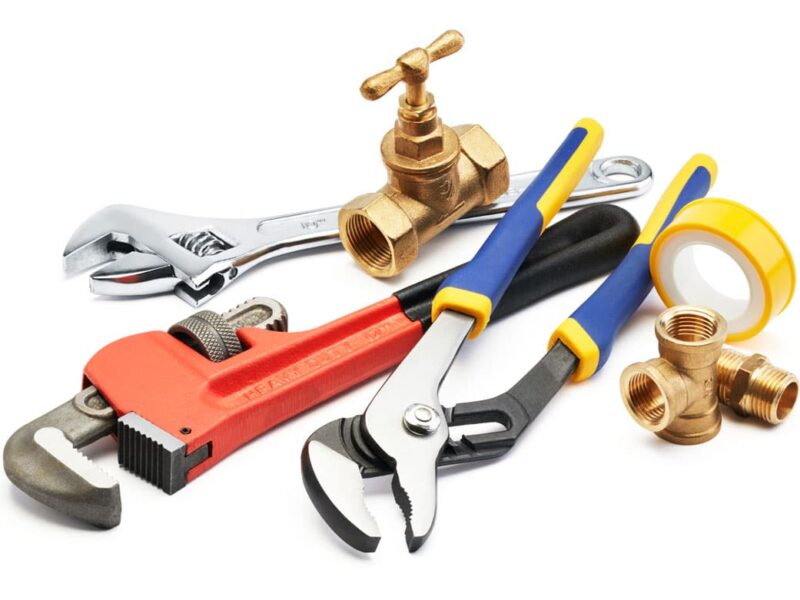Selecting the right pipe materials for your home plumbing system is crucial for ensuring durability, efficiency, and cost-effectiveness. With various options available, homeowners need to understand the pros and cons of each to make an informed decision that fits their specific needs. This article will compare some of the most popular pipe materials used in residential plumbing, including PVC, copper, and PEX, and explore their advantages and limitations.
1. PVC (Polyvinyl Chloride)
Overview: PVC is a widely used plastic material known for its affordability and ease of installation. It is commonly used for drain, waste, and vent pipes, as well as some cold-water supply lines.
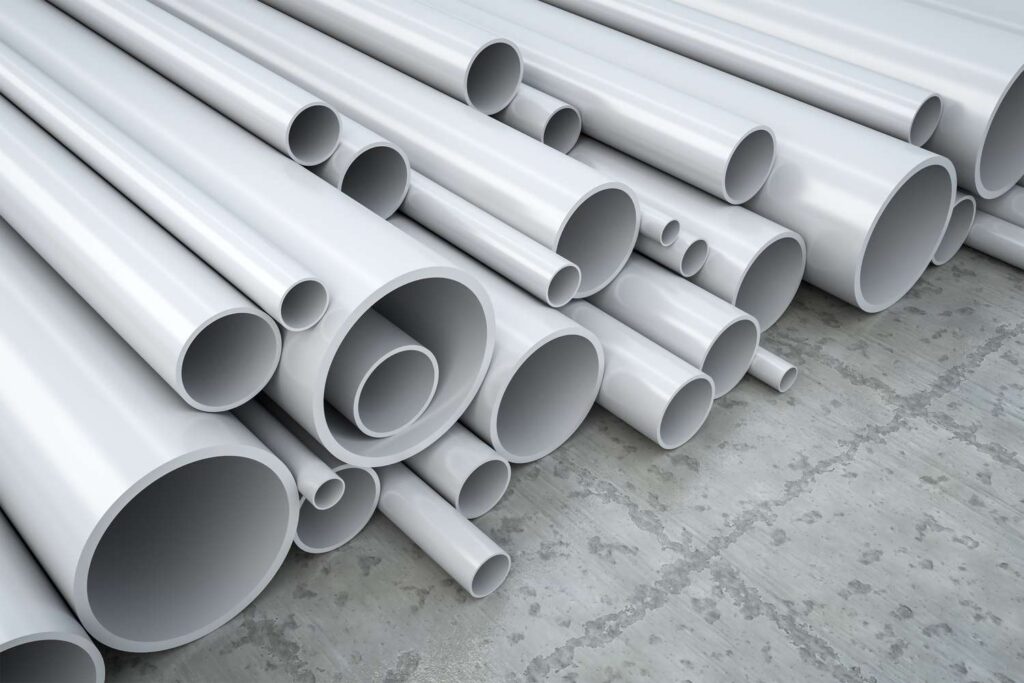
Pros:
- Cost-effective: One of the most affordable piping materials.
- Corrosion-resistant: Does not corrode or rust, making it ideal for certain water types.
- Easy installation: Lightweight and simple to cut and fit with basic tools.
- Low maintenance: Requires little upkeep once installed.
Cons:
- Temperature limitations: Not suitable for hot water lines, as it can warp or degrade with prolonged heat exposure.
- Brittle in cold weather: Can become brittle and crack when exposed to freezing temperatures.
- Chemical concerns: Some homeowners have concerns about the potential leaching of chemicals into drinking water.
Best For: Drain and waste systems, cold water supply lines, and irrigation.
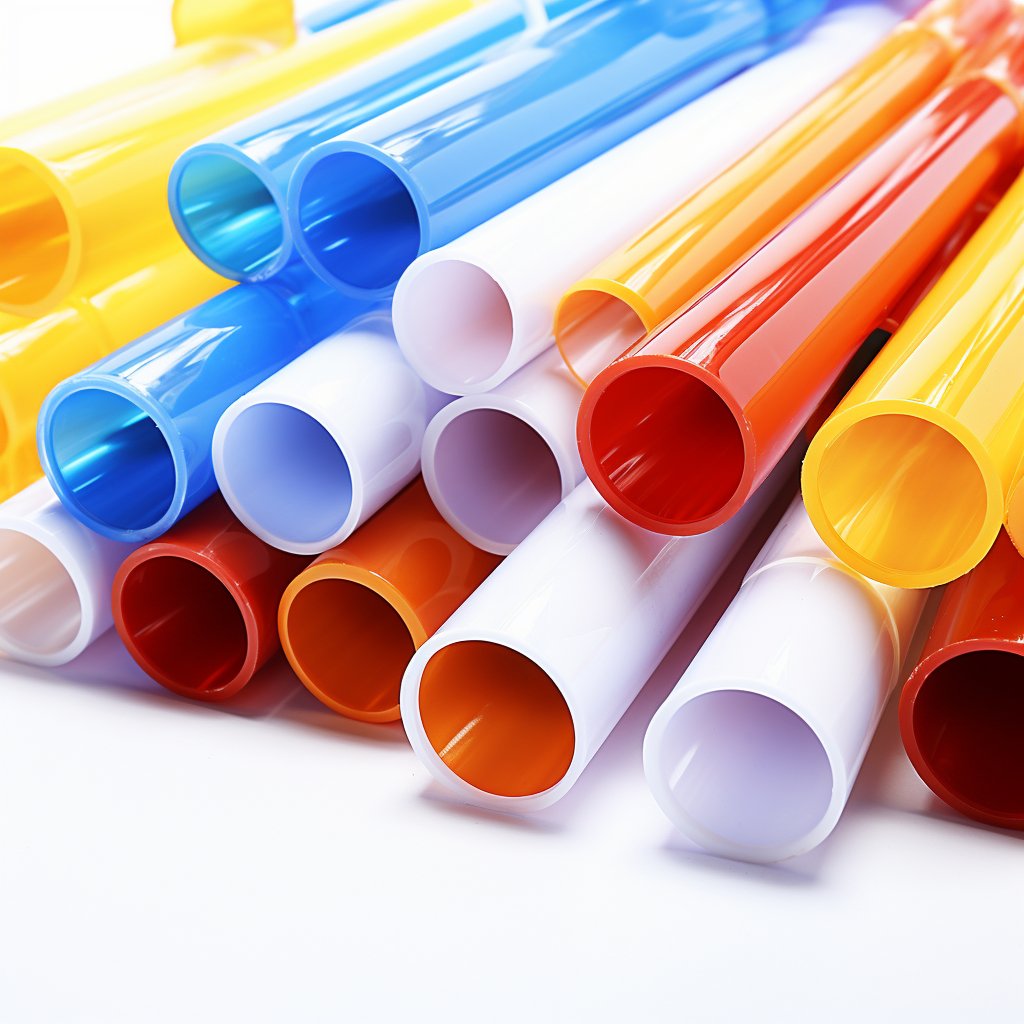
2. Copper
Overview: Copper has been a standard in plumbing for decades due to its durability and reliability. It is often used for both hot and cold water supply lines.
Pros:
- Long-lasting: Known for its durability and can last for 50 years or more.
- Heat-resistant: Can handle high temperatures, making it ideal for hot water lines.
- Safe for drinking water: Does not leach harmful chemicals and is resistant to bacteria growth.
- Recyclable: Environmentally friendly and can be recycled.
Cons:
- High cost: More expensive than most other piping materials.
- Difficult installation: Requires soldering and professional expertise for proper installation.
- Corrosion issues: Can corrode over time, especially if water has a high acidity level.
- Rigid: Not as flexible as other piping options, which can make installation challenging in tight spaces.
Best For: Hot and cold water supply lines and long-term residential plumbing projects.
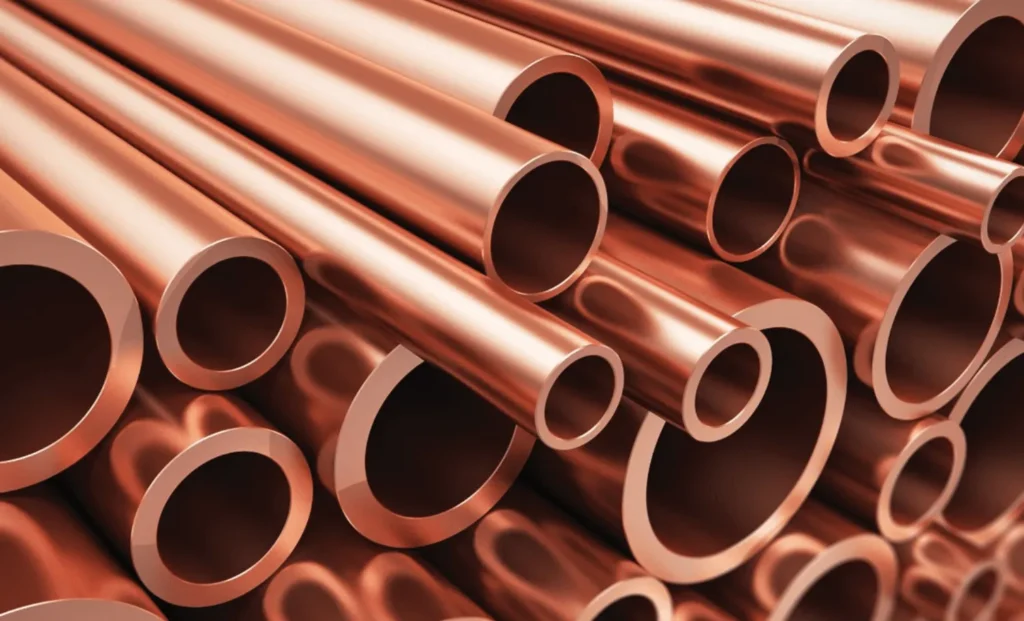
3. PEX (Cross-linked Polyethylene)
Overview: PEX piping has become increasingly popular in residential plumbing due to its flexibility and ease of use. It is a type of plastic piping that is suitable for both hot and cold water.
Pros:
- Flexible and versatile: Can be bent around corners, reducing the need for connectors and fittings.
- Easy installation: Quick to install with fewer fittings and connections, making it cost-effective in terms of labor.
- Heat and freeze resistance: Can expand and contract without cracking, making it ideal for colder climates.
- Durable: Resistant to scale and chlorine, ensuring long-term use.
Cons:
- UV sensitivity: Degrades when exposed to sunlight, so it cannot be used outdoors.
- Potential for chemical leaching: Some concerns have been raised about the potential leaching of chemicals, although it is generally considered safe for drinking water.
- Requires specific fittings: Uses specialized fittings that may be more expensive than standard ones.
Best For: Interior water supply lines, radiant heating systems, and areas where flexibility is needed.
4. CPVC (Chlorinated Polyvinyl Chloride)
Overview: CPVC is a thermoplastic pipe material similar to PVC but treated to withstand higher temperatures. It is suitable for hot and cold water lines.
Pros:
- High-temperature resistance: Can handle hot water without warping or degradation.
- Corrosion-resistant: Like PVC, it resists corrosion and scale buildup.
- Affordable: Less expensive than copper and suitable for budget-conscious projects.
- Easy installation: Simple to cut and join with cement or adhesive.
Cons:
- Brittle over time: Can become brittle and crack with age or sudden temperature changes.
- Chemical exposure: Can release toxic fumes if burned, which can be a safety hazard.
- Limited flexibility: More rigid than PEX, which can make installation more challenging in tight spaces.
Best For: Hot and cold water supply lines in areas where temperature resistance is a priority.
5. Galvanized Steel
Overview: Galvanized steel pipes were once a common choice for water supply lines but have largely been replaced by more modern materials due to their limitations.
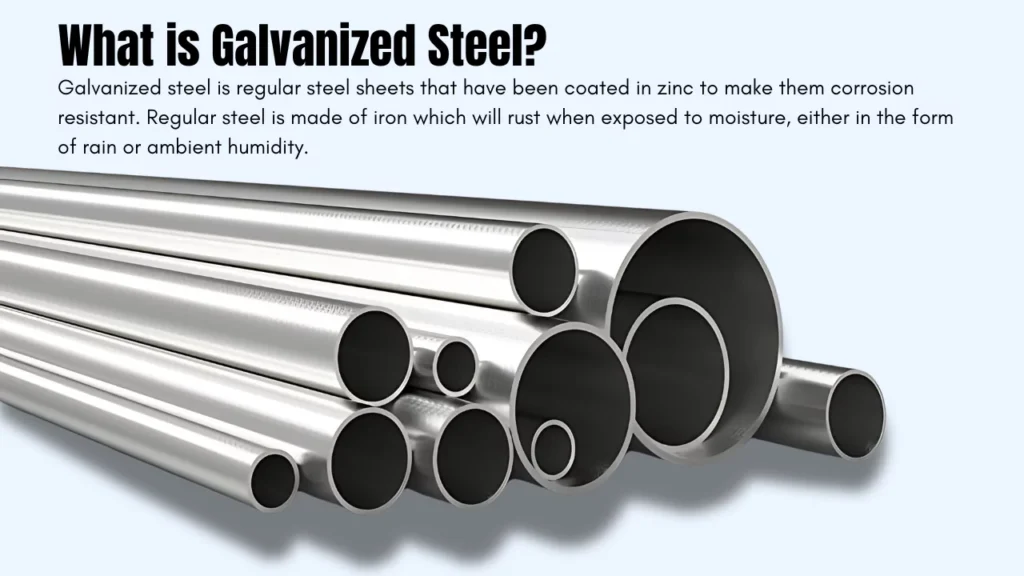
Pros:
- Strong and durable: Can handle high pressure and has a long lifespan when new.
- Cost-effective (initially): Can be an affordable option for specific installations.
Cons:
- Corrosion-prone: Susceptible to rust and corrosion over time, which can lead to water discoloration and reduced water flow.
- Heavy: More challenging to install due to its weight.
- Shorter lifespan: Compared to newer materials like PEX or copper, galvanized steel doesn’t last as long without significant maintenance.
Best For: Limited to existing older homes that still use this material or specialty installations.
Comparison Table: Popular Pipe Materials for Home Plumbing
| Pipe Material | Pros | Cons | Best For |
|---|---|---|---|
| PVC | Affordable, corrosion-resistant, easy to install | Not for hot water, brittle in cold | Drain and waste systems, cold water lines |
| Copper | Durable, heat-resistant, safe for drinking | Expensive, difficult to install | Hot and cold water supply lines |
| PEX | Flexible, easy to install, freeze-resistant | UV-sensitive, potential chemical leaching | Interior water supply, radiant heating |
| CPVC | High-temperature resistant, corrosion-resistant | Brittle over time, limited flexibility | Hot and cold water lines |
| Galvanized Steel | Strong, handles high pressure | Corrosion-prone, heavy | Existing older homes |
How to Choose the Right Material for Your Home
To determine the best pipe material for your home, consider the following:
- Budget: If cost is a primary concern, materials like PVC or CPVC might be more suitable. However, for a long-term investment, copper or PEX may be worth the higher initial cost.
- Application: For hot water lines, materials like copper, PEX, and CPVC are better options due to their heat resistance. For drain and waste systems, PVC is a more economical and effective choice.
- Climate: In colder climates, flexible materials like PEX are preferred due to their freeze-resistant properties.
- Ease of Installation: For DIY projects, PEX and PVC are easier to work with. Copper and galvanized steel often require professional installation.
Final Thoughts
Choosing the right pipe material for your home plumbing system is essential for ensuring long-term reliability and efficiency. By understanding the advantages and limitations of each type, you can make an informed decision that balances cost, performance, and longevity. Whether you’re planning a new installation or updating an older system, considering factors such as budget, climate, and application will help guide you to the best choice for your home.
